зБЂжЫЬжЧ•, 1жЬИ 4th, 2011...9:58 PM
Sugamo and Komagome Walking Guide
Reading time: About 4 minutes
Sugamo and Komagome Walking GuideSugamo is known as the вАЬGrandmaвАЩs HarajukuвАЭ. The energetic town is crowded as much as Shibuya, town for teens or Asakusa and Ginza, major tourist spots.
Today, I will show the walking course from Komagome to Sugamo where you can enjoy the nature, shrine, garden and shopping district. Strolling around slowly through is a good way of looking around this town.
Rikugi-en Garden is located on the south of Komagome Station. It is an oasis in city, where you can feel comfortable surrounded by plants and flowers. You can enjoy the TokyoвАЩs four seasons here.
Rikuge-enвАЩs colored leaves are famous in the city. They change colors and become beautiful from middle of November to December. It was early for the season but some of the leaves were red and yellow. There are light ups for certain period to enjoy the colored leaves even at night.
The outer wall is made from red bricks. It is an important cultural asset that tells us the history.
Next is the other side of Komagome Station. We will walk toward the north. First stop is Kyu-Furukawa Teien where the Japanese and western style are mixed beautifully.
On the way, there was a small Jiz≈Н bodhisattva.
We go up a gentle slope.
Ky-Furukawa Teien has the Western style building on the north side of a hill and there is a western style garden on the slope and Japanese style garden on the low land.
Josiah Conder, an architect who designed Holy Resurrection Cathedral, designed this building.
The rose in the garden was blooming beautifully.
There is a Shinji-ike Lake in the Japanese garden. Shinji-ike is a lake that is in a shape of a word вАЭењГвАЭ in a broken style font.
The gardenвАЩs idol, a duck.
Near Kyu-Furukawa Teien is Kita-ku Bousai Center, a Earthquake Science Museum. There are exhibition about history of the past earthquakes such as Great Kanto earthquake and Great Hanshin earthquake.
You can experience the earthquake intensity of 7 and the smoke when a building gets caught on fire.
When you go back the path you took, there is Simofuri Ginza Shopping district. You will find butcherвАЩs shop, fish shop, and greengrocer just like the old days.
There are persimmons and chestnuts during the fall season.
Going through the shopping district and towards residential area, you will soon see hot spring SAKURA, a natural hot spring with water being drawn from under 1800m. It is popular among women because it is good for skin. There are restaurants inside so you can spend the whole day here.
There is Somei-reien Cemetry near natural hot spring. The cemetery is known for its sakura trees. Kotaro Takamura, Futabatei Shimei and many other famous people sleeps here.
Next is Sugamo Jizo Street where many people gather. I was surprised by the amount of people there were even though it was weekday.
Sugamo-en was crowded by people buying the famous siodaifuku.
Kougan-ji Shrine is known as prickle-pulling jizou. It is said that if you wash the place that hurts or is bad, that place will get better so there are always a long line to the jizou.
Every 4th, 14th, 24th, a shrine festival is held with line of stalls and many people visit.
The stroll spot in Sugamo and Komagome is Shinshou-ji Shrine, which is famous for a big jizou.
There were chrysanthemums lined up because a Chrysanthemum Festival is going to be held soon. It will almost bloom.
Sugamo and Komagome is a town where you can enjoy from garden to shopping district. It is a perfect place to stroll, just as expected from a town called вАЬGrandmaвАЩs Harajuku.вАЭ










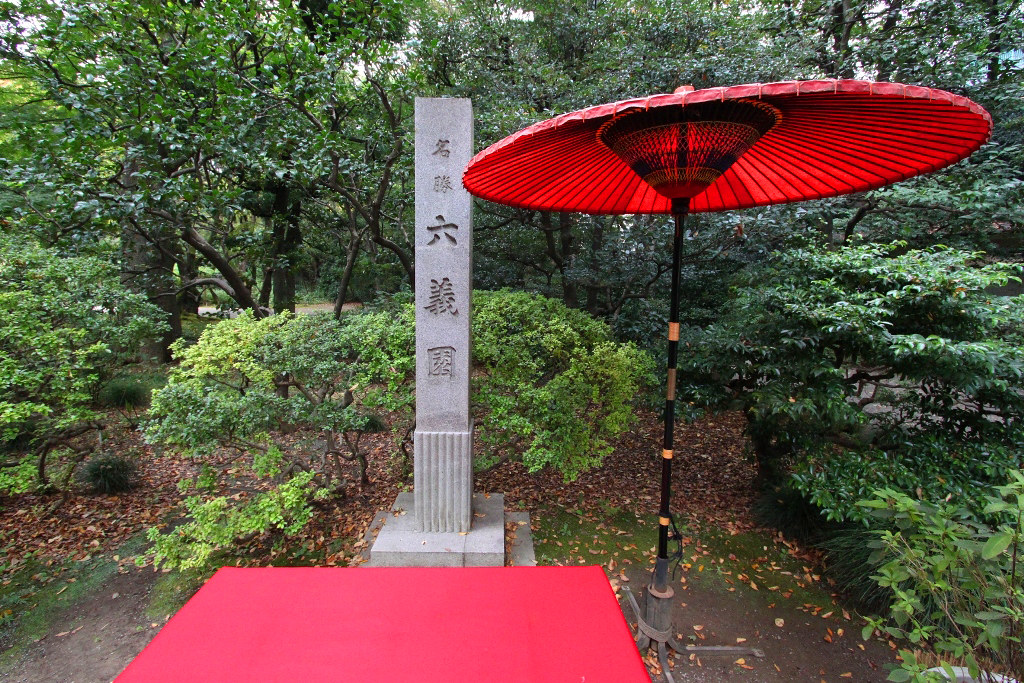
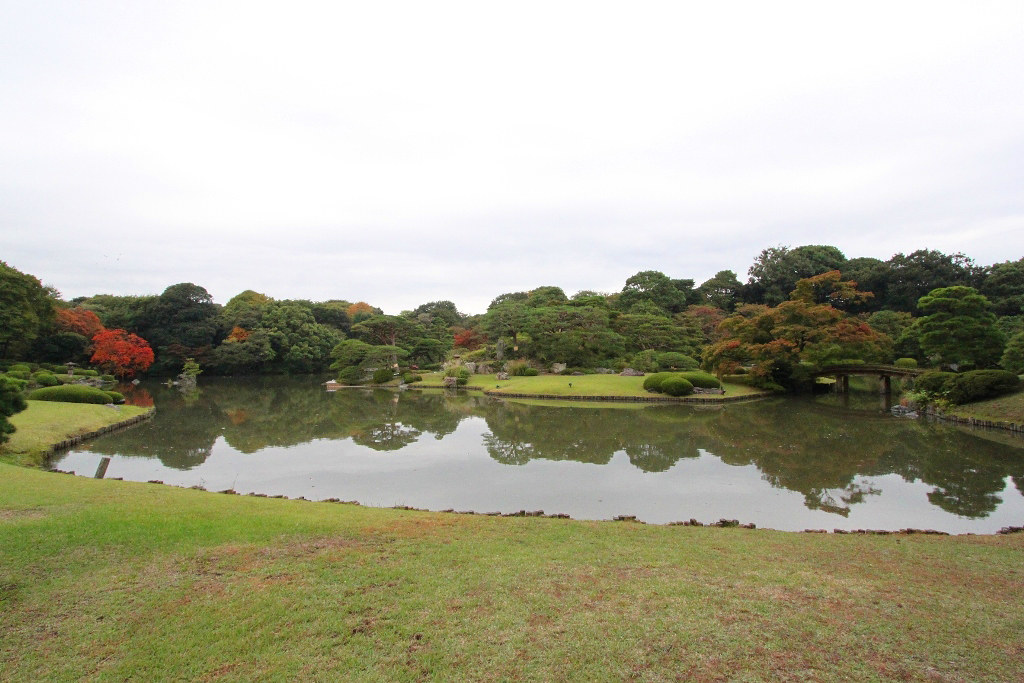
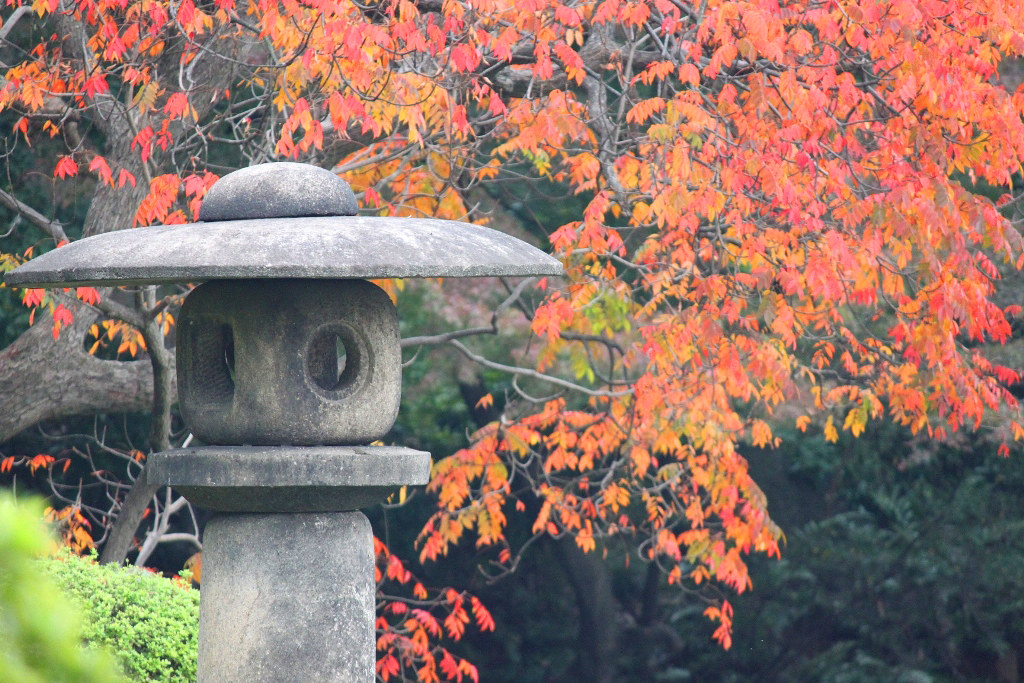
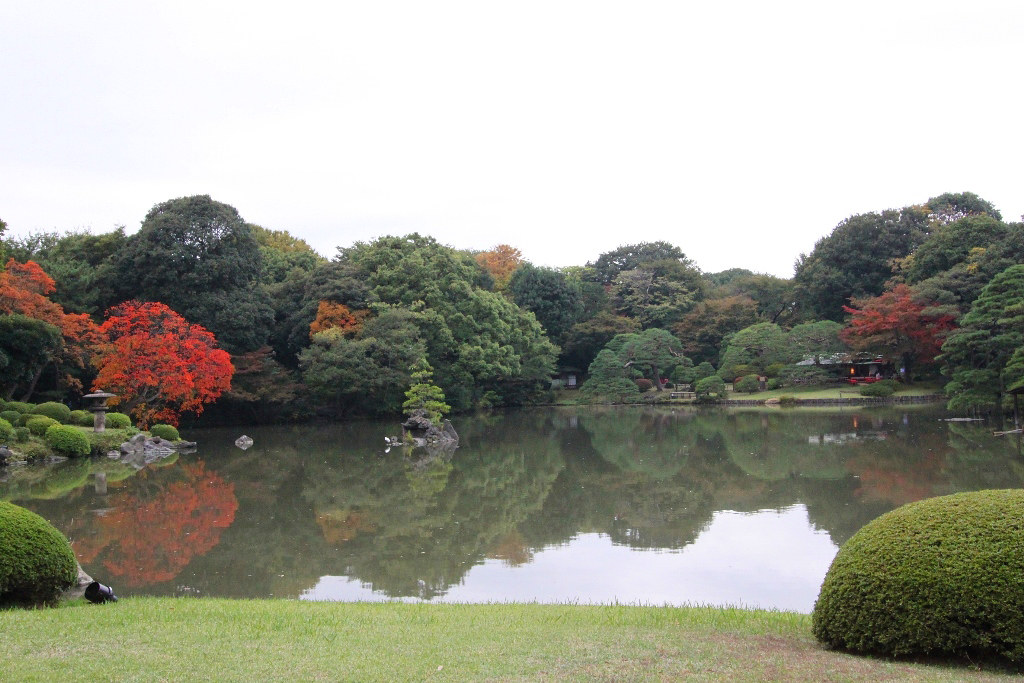
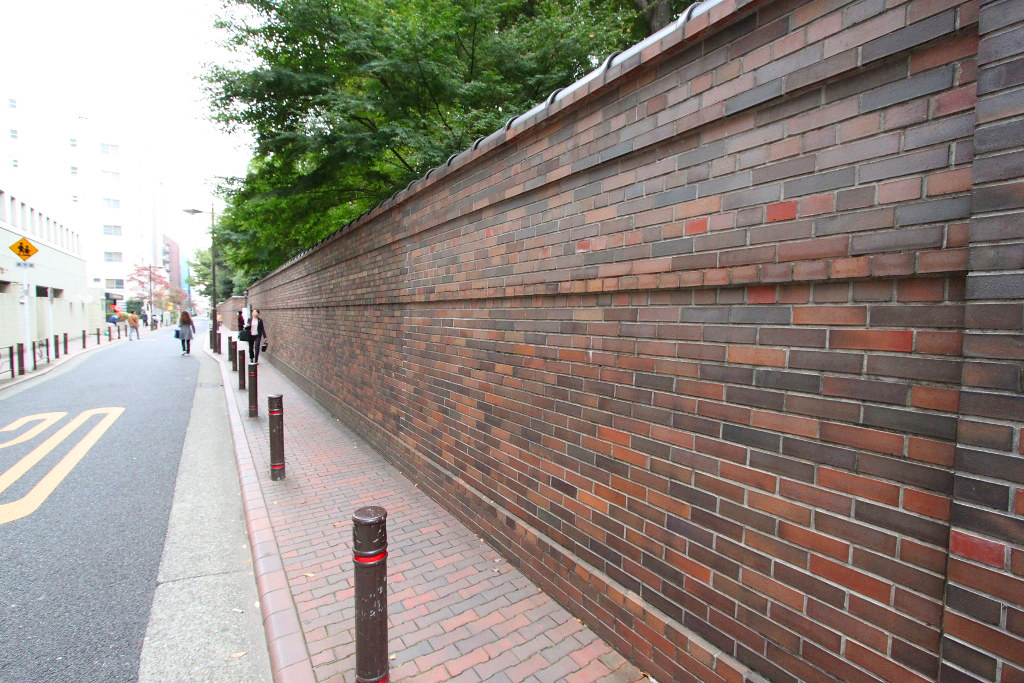

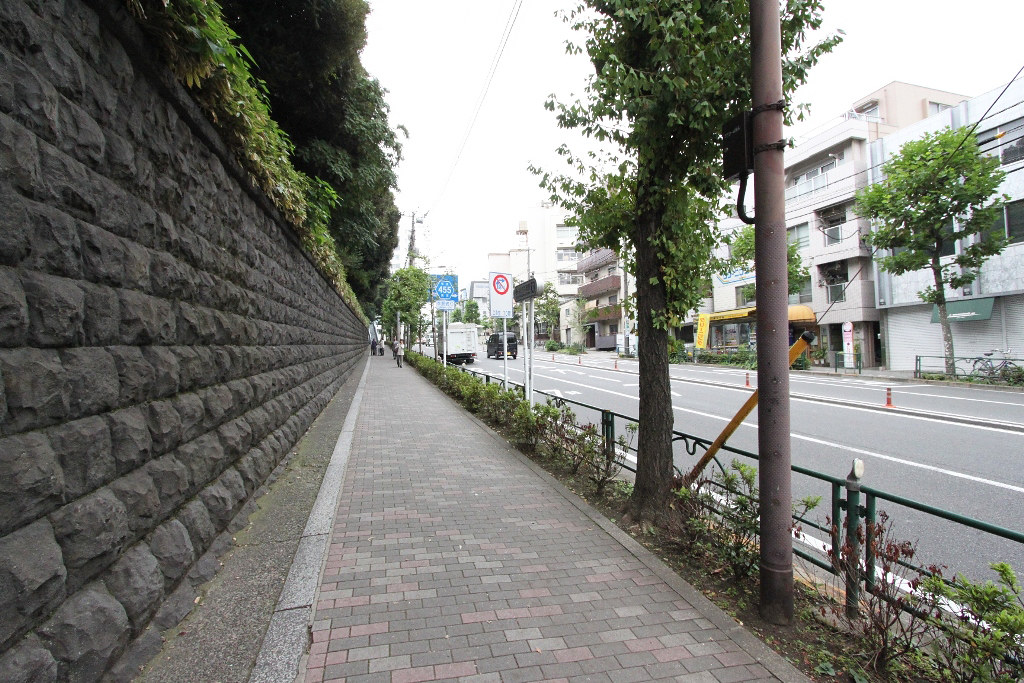
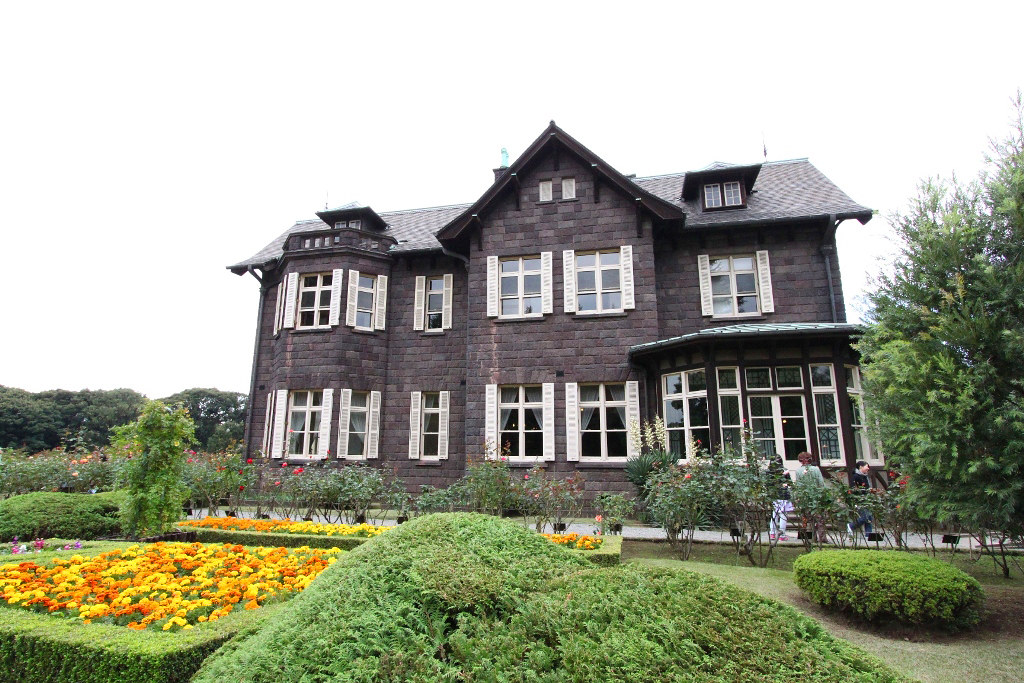
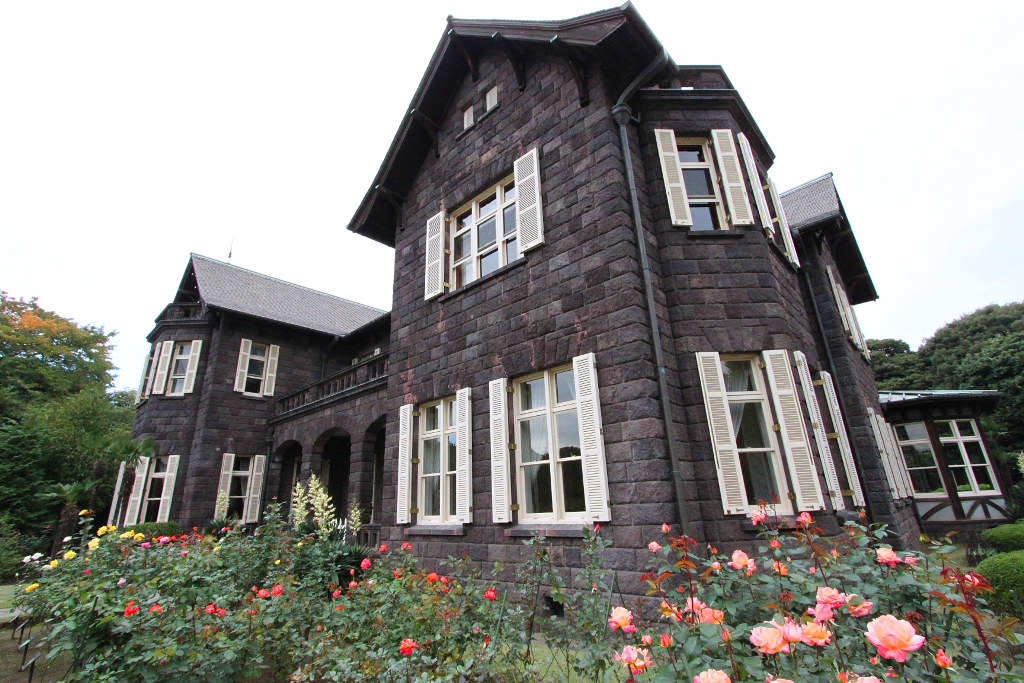
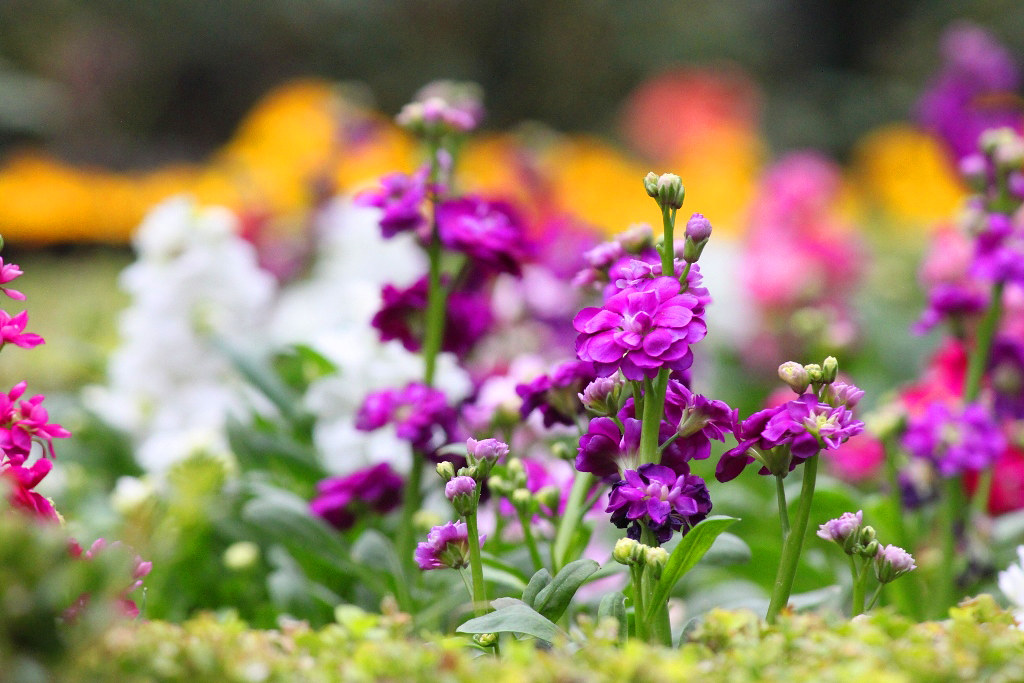
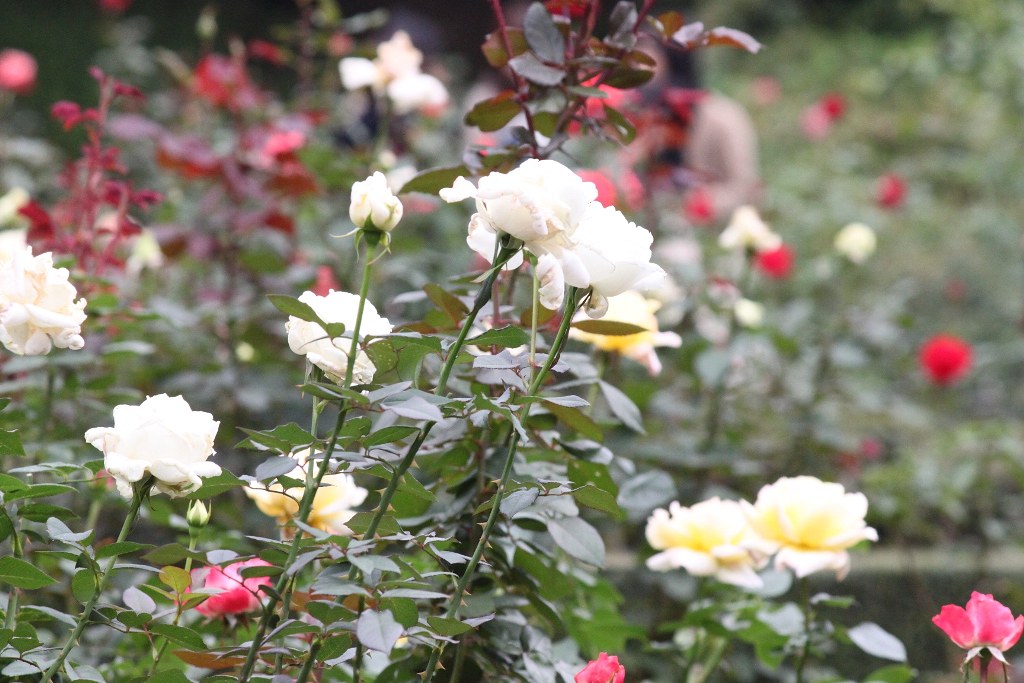
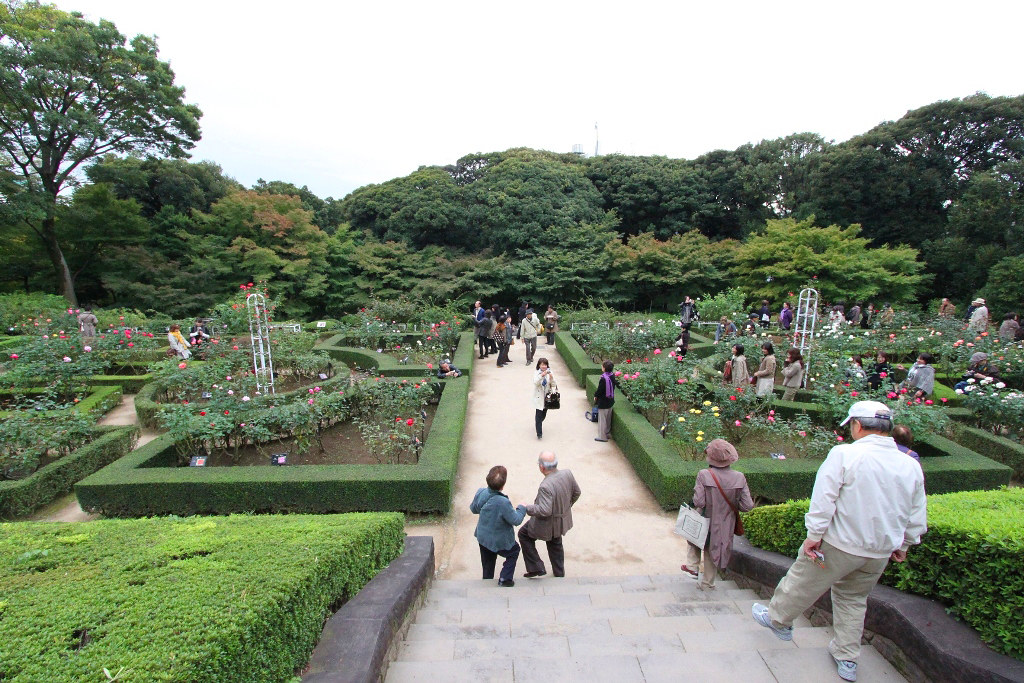

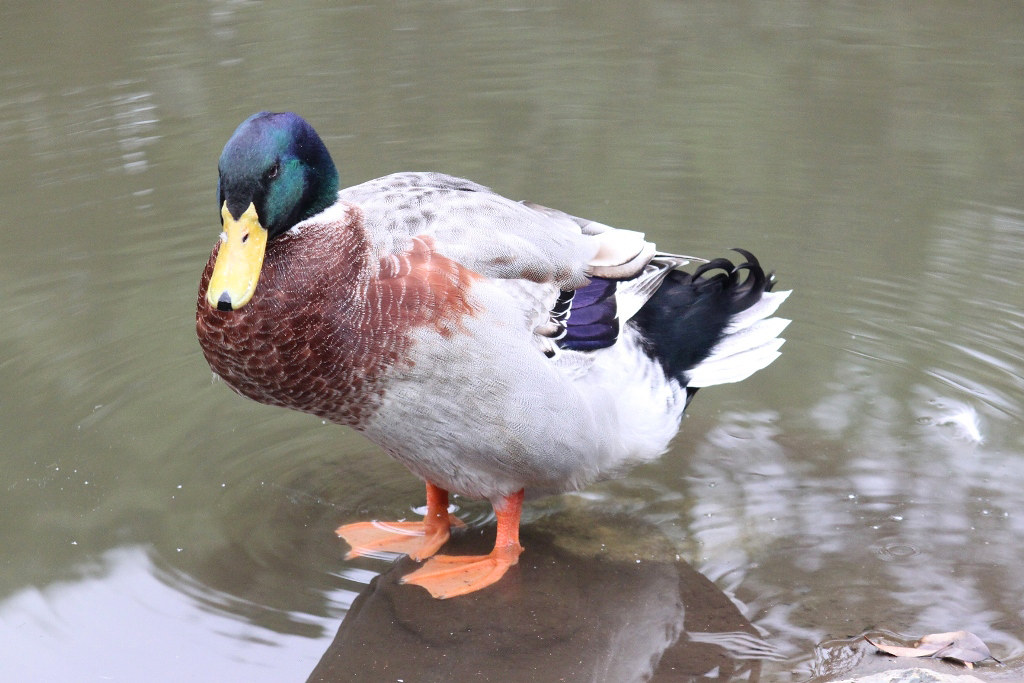


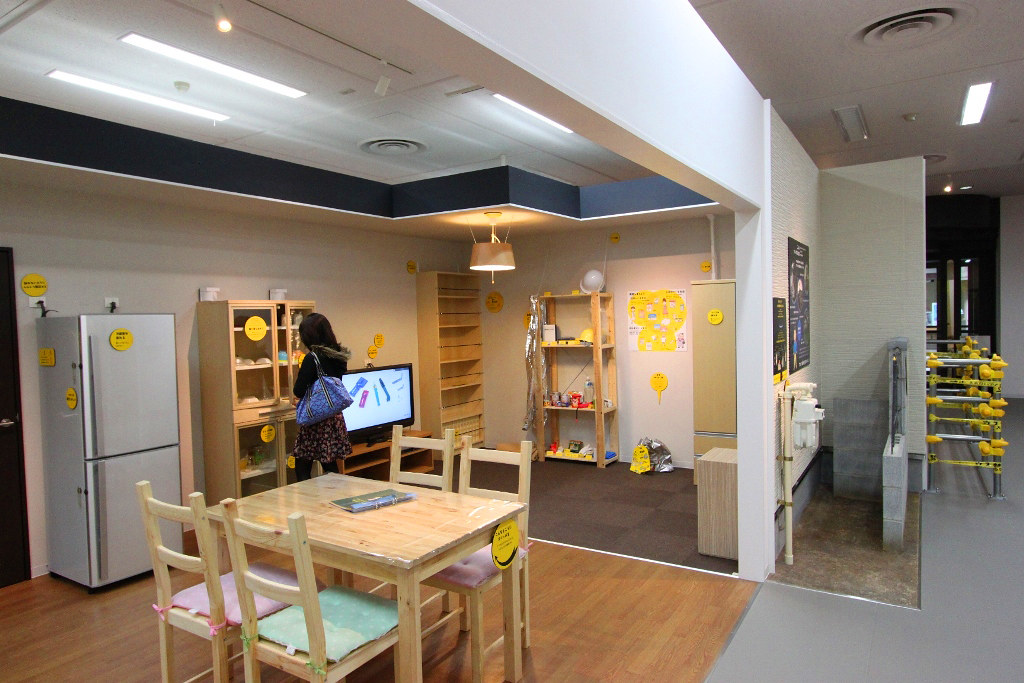
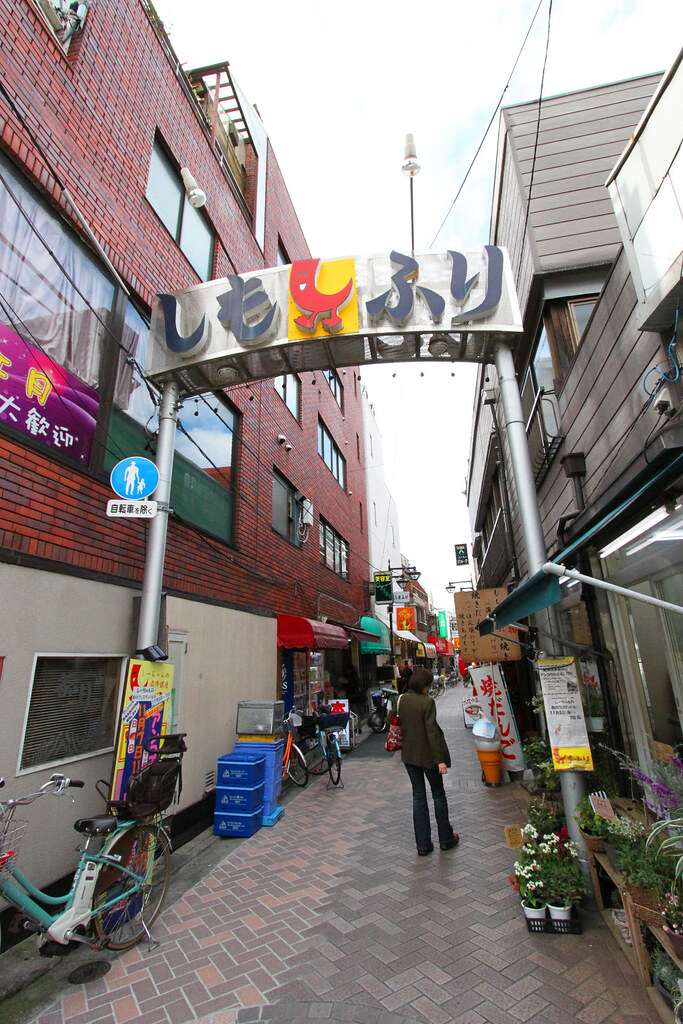
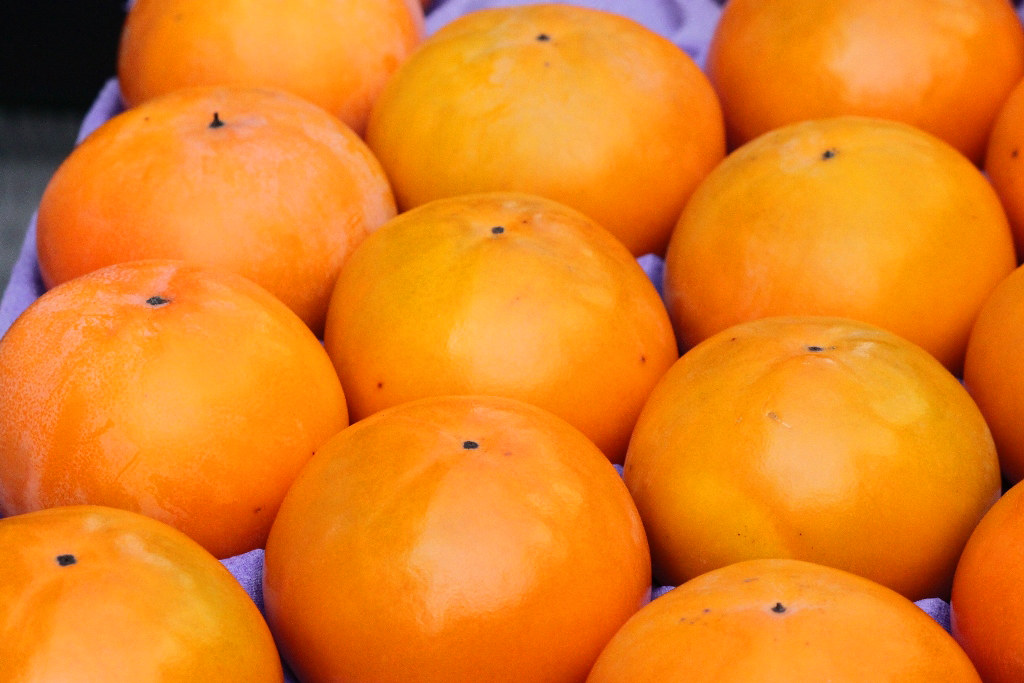
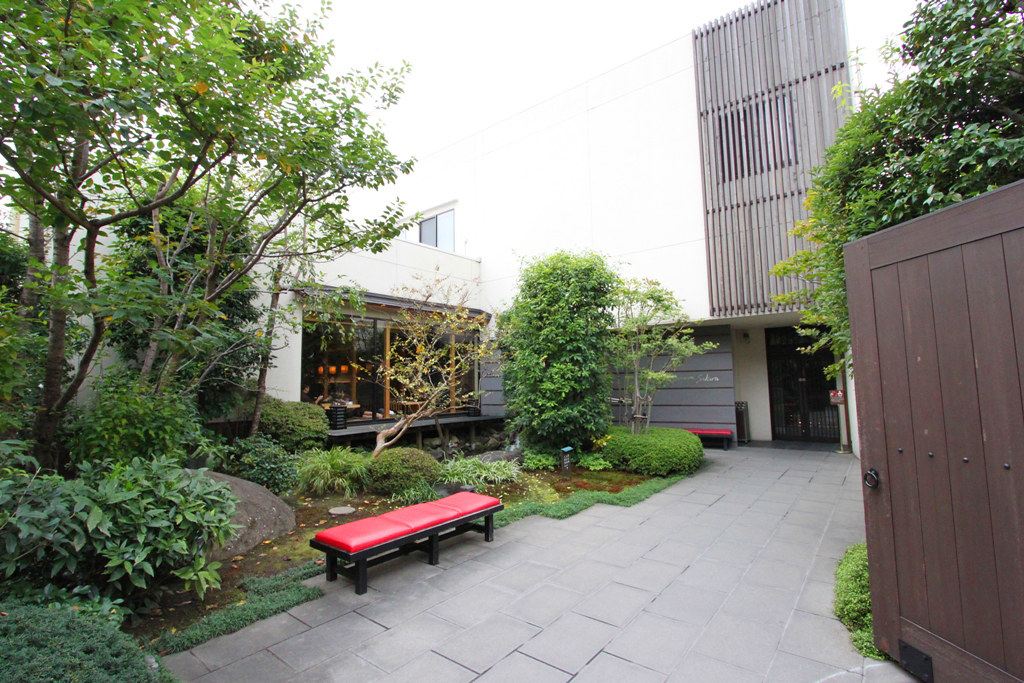
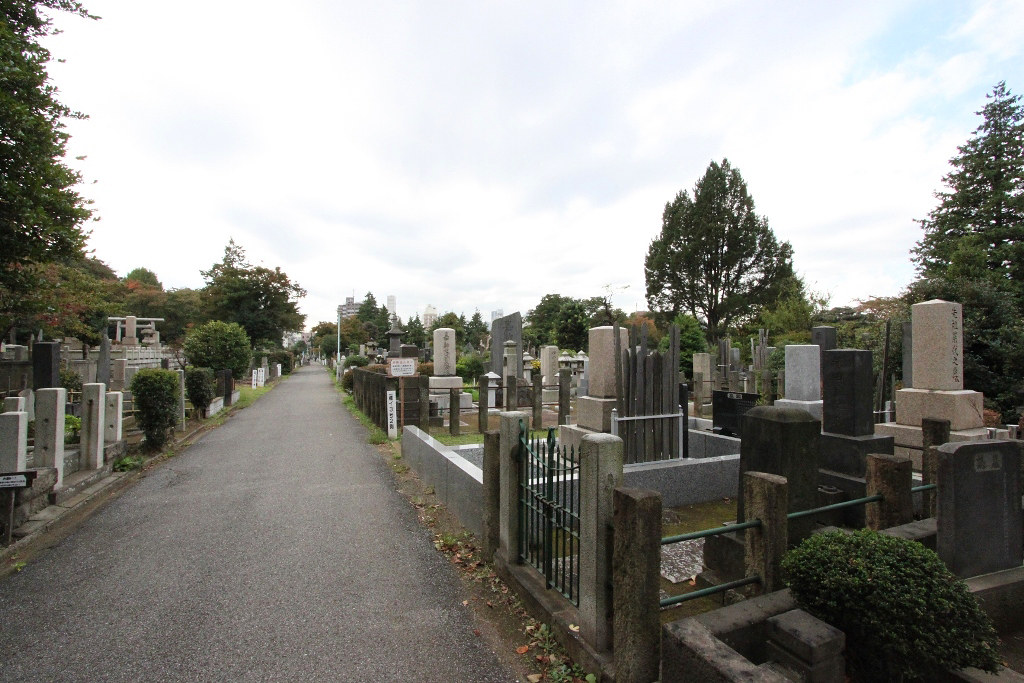
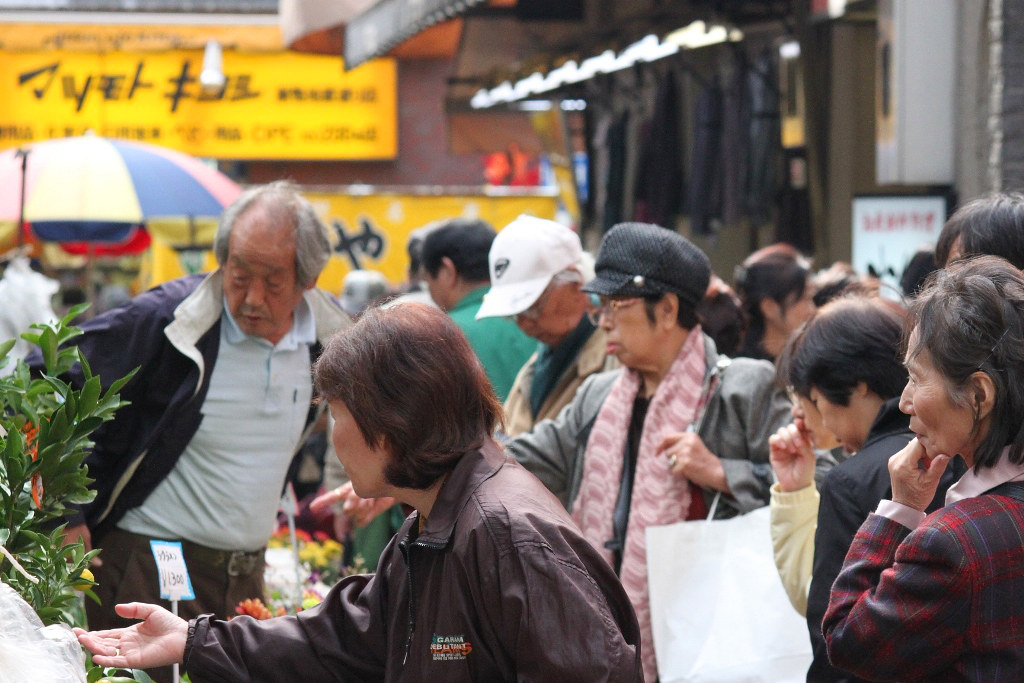
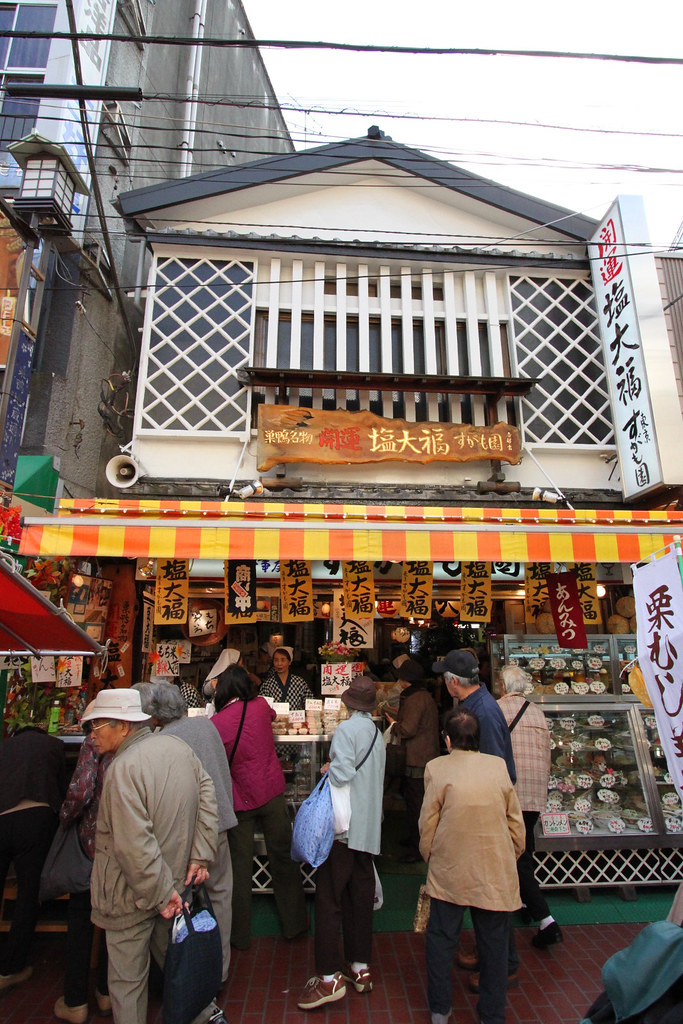
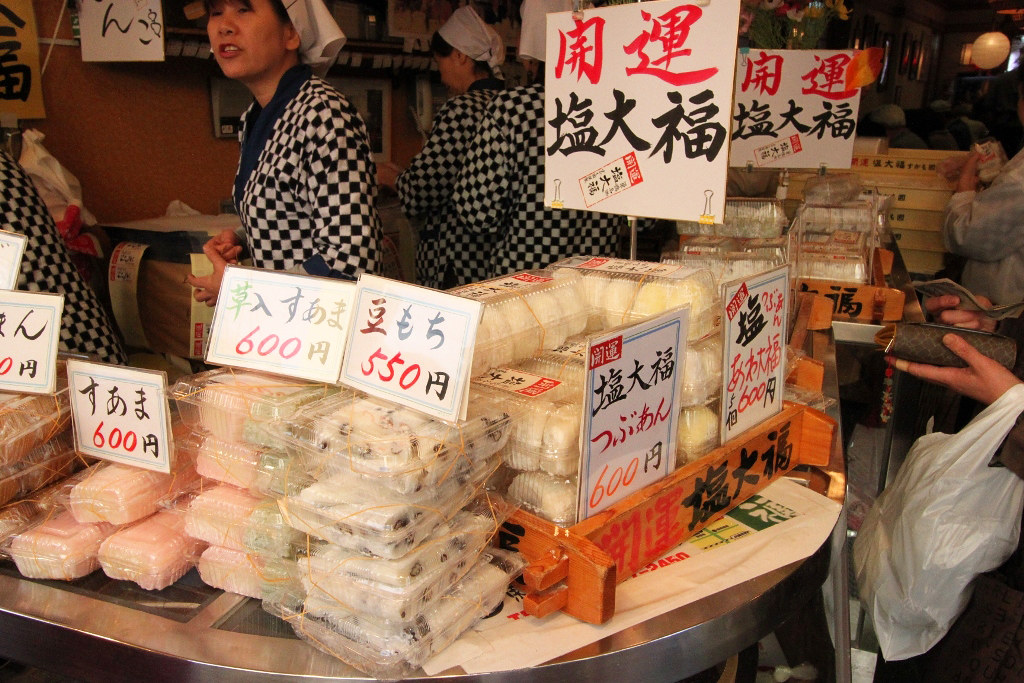

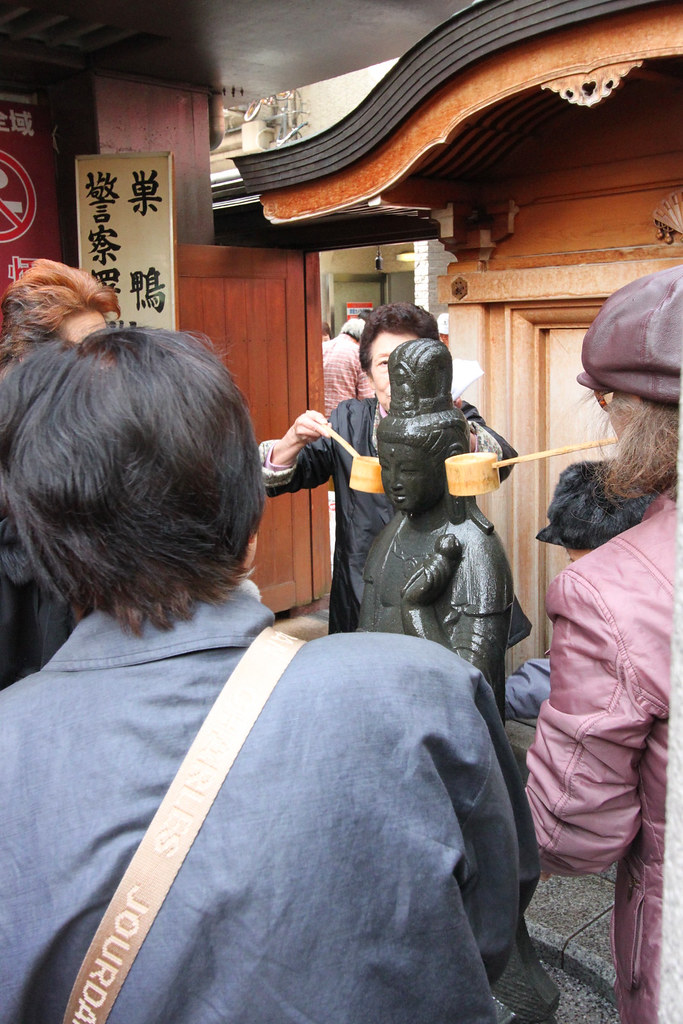
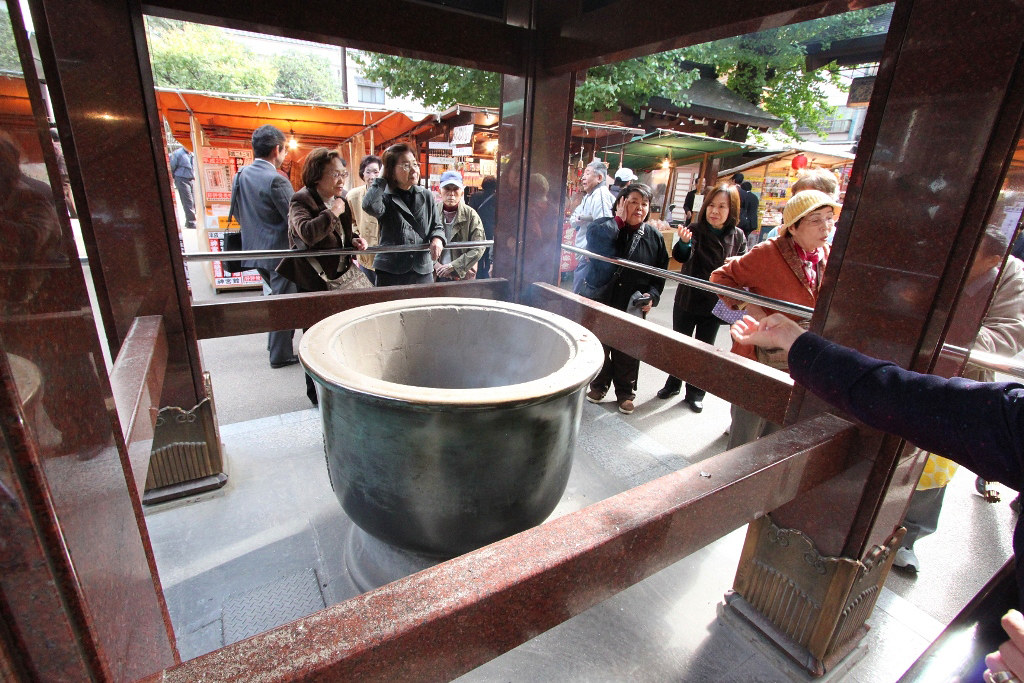
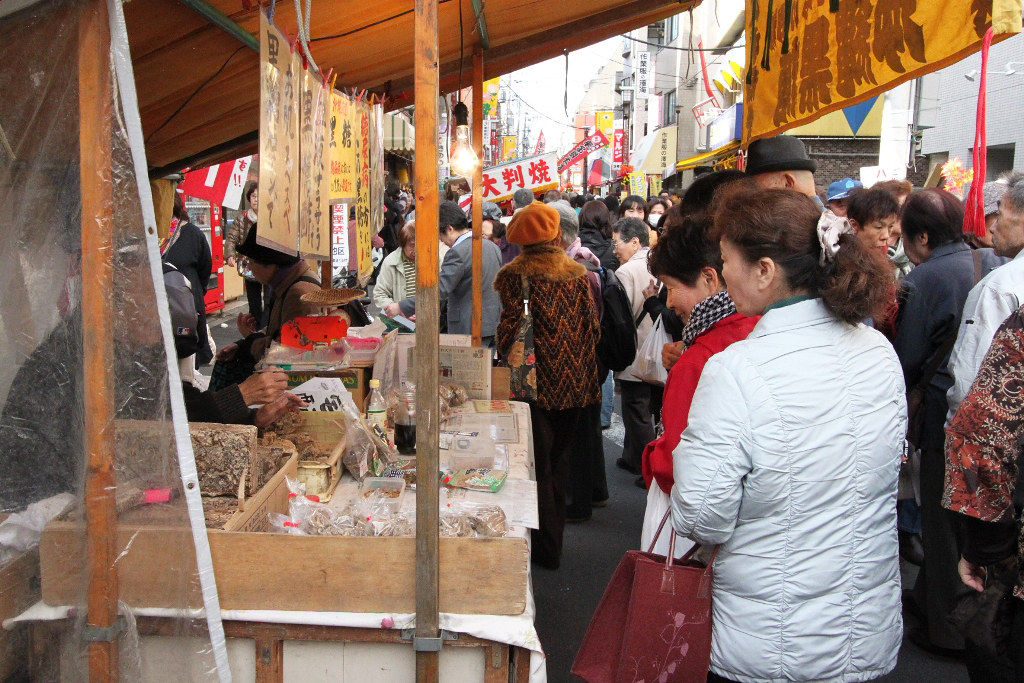
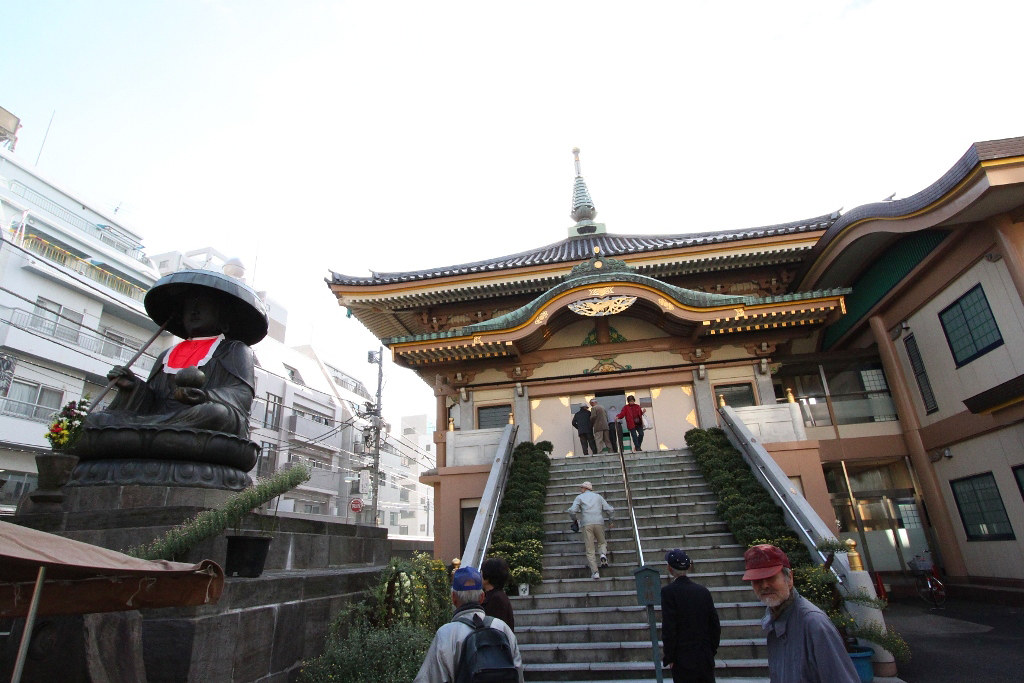
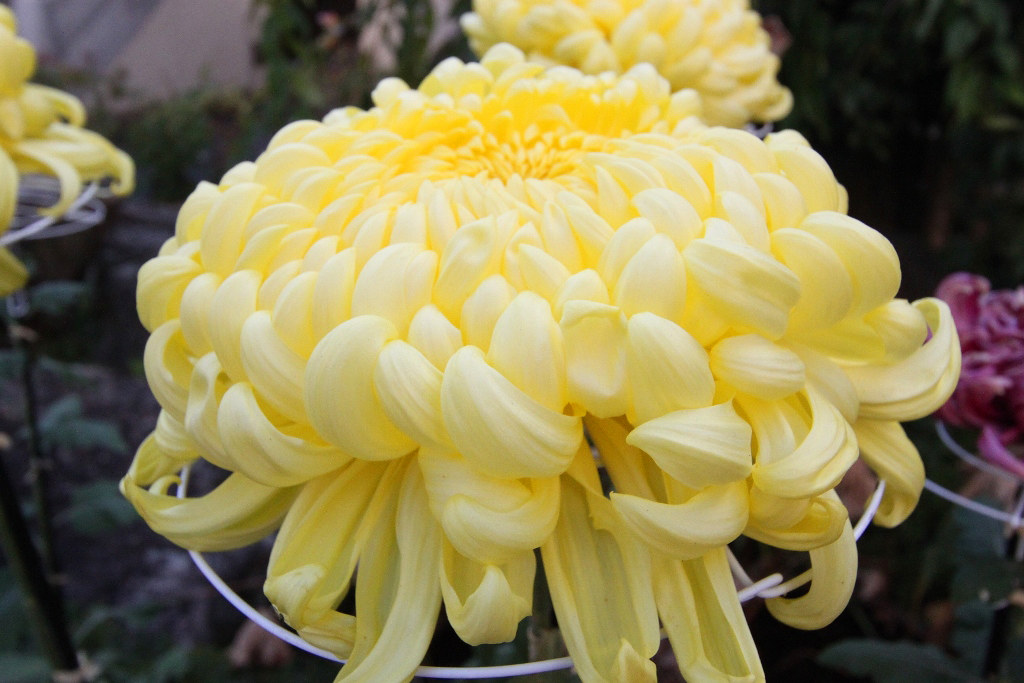











Leave a Reply